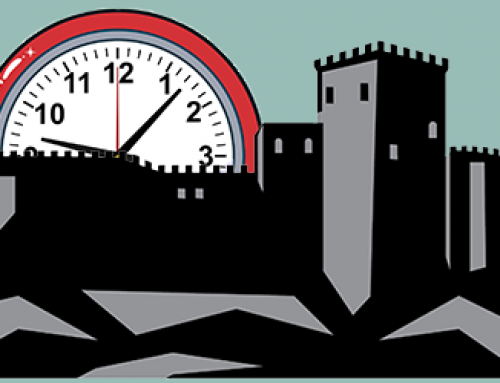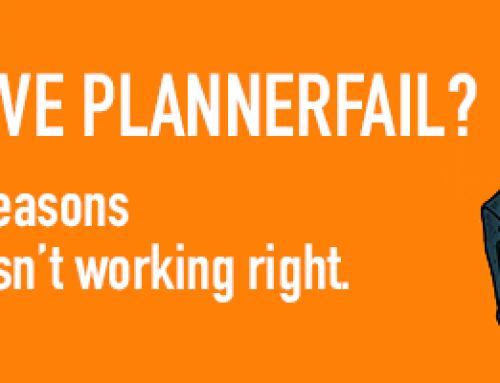Many of us spend hundreds of hours in meetings every year and quite possibly tens of thousands of hours in meetings during our careers. Perhaps the best possible way to avoid this is to avoid meetings entirely. If this is not possible or not realistic, then I offer up these 5 tips to help you get organized and make the most of your meetings.
1. Begin with an Agenda
The best agendas are those that are shared ahead of the meeting. This gives the attendees the opportunity to come to the meeting more prepared and better able to contribute than when there is no agenda or when you introduce random topics. You may want to even consider cancelling any meeting that does not have an agenda defined before the meeting.
Your agenda can include specific details about each of the topics such as “Decision Required” or “Brainstorming Activities.” Many agenda topics that are updates or presentations only may be better handled with a simple email, scorecard update, or a video presentation with a link sent out to your team.
2. Carefully determine Attendees
Many meetings have too many people in them. Carefully determine who needs to be in the meeting to add value, to participate in decision making or brainstorming, or to be responsible for action items. Far too many meetings are held with too many people who have too many better things to do than be in your meeting.
Be mindful of others’ time and be sure that they are necessary to your meeting before disrupting their day. If you are unsure of whether to invite someone, having a clearly defined agenda (Step 1) is a great way to let them self-select in/out of your meeting.
3. Start and End on Time
This is a pretty simple one, but is easier said than done for most people. If you develop a culture of starting and ending meetings on time, people will be more likely to come to the meetings on time. You may also want to consider ending your meetings 5 or 10 minutes prior to the top of the hour to give people time to get to their next appointment. The end of one meeting is oftentimes the beginning of another one. Getting out on time is a key to starting on time.
4. Take Notes / Assign a Note-Taker
The most effective meetings have a person assigned to maintain the “minutes” of the meeting. These minutes are a log of the topics covered, the name of the contributor(s) to the topics, what each person contributed, as well as the very critical “action items” that are required to reach satisfactory attainment. Depending on the formality of your organization, you may not need to keep track of every comment, but it is a good idea to keep track of topics discussed and decisions made, as well as the most important outcome of any meeting. In fact, this is so important that we gave it its own Tip #5.
5. Clearly Define Follow-up Action Items
Very few meetings are held, or should be held, that do not result in some sort of Action Items being assigned. What is wanted? Who is responsible? When is it due? These are just a few of the elements of keeping track of what actually happened at your meeting. Be clear about how and when the follow-up action items are to be completed. Will an email be sent to the group or is another meeting required to review the results?
Make effective use of time spent in meetings. Follow these easy tips. You’ll realize a savings in time and come away from your meetings while staying on-topic, within your allotted time, with a record of what took place, and with defined responsibilities for action items.







